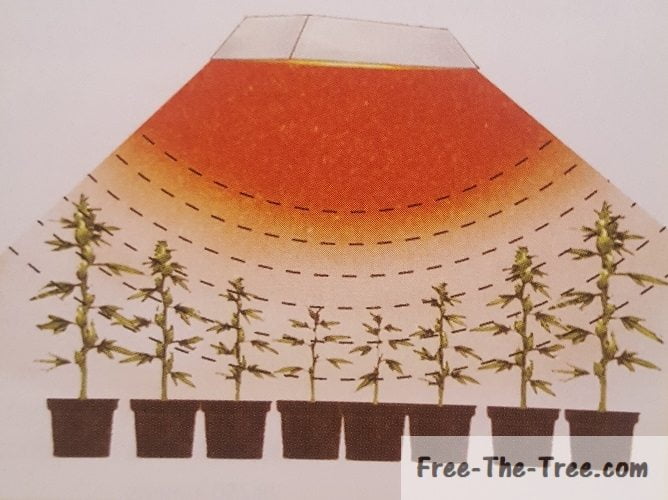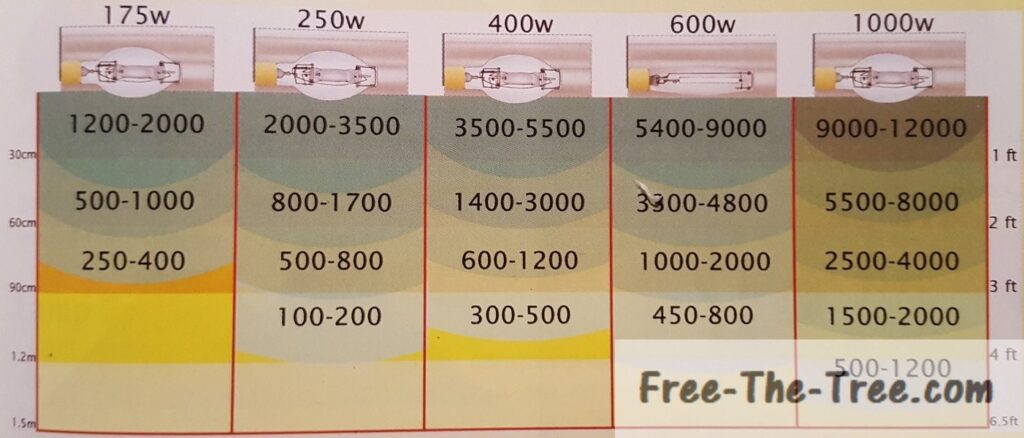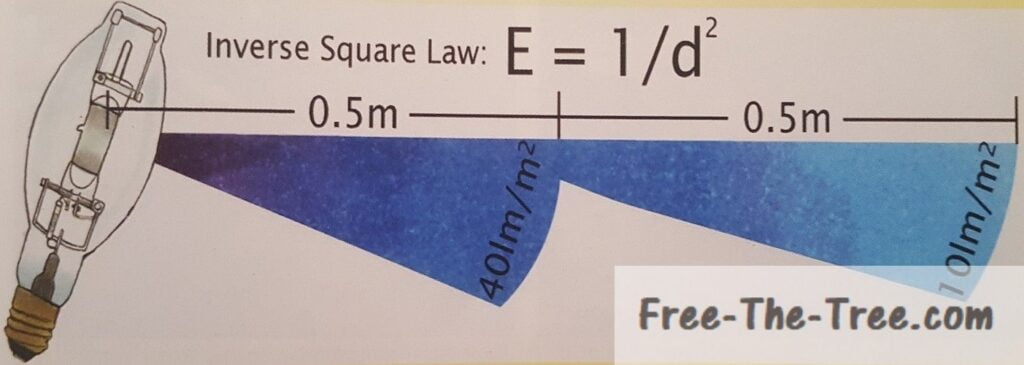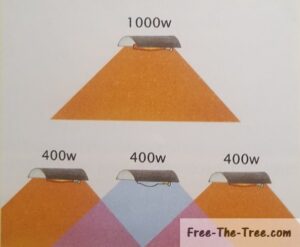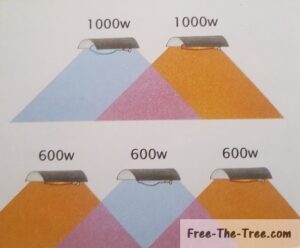Why is Light Intensity Important for Cannabis
As we all know, light is the way for the plant to make its food through photosynthesis, so without light there’s no plant.
That said, too much light and the leaves will be saturated and burn up, too little light and you’ll have long and stretchy plants, neither is really optimal. Meaning that finding the optimal light intensity within your grow room is something crucial if you want to optimise the final yield of your grow.
What is Light Intensity
Light intensity is the magnitude of light energy per unit of area. It is at its greatest near the bulb and diminishes rapidly as it moves away from the light source.
For example, plants that are 2 feet from a lamp receive 1/4th of the amount of light received by a plant 1 foot away from the lamp! Crazy no?
An HID (High Intensity Discharge) lamp that emits 100k initial lumens will only yield 11 111 lumens 3 feet (90cm) away from it.
Couple this with a poorly designed reflective hood and your beautiful buds will suffer badly!
High Intensity Discharge Light Bulbs
HID’s emit large amounts of light and lumens levels, if properly managed these bulbs will strongly increase the yield per watt of your plant.
That said there is one big, big, problem with HID’s and it’s the heat generated. If the Apex’s get too close they’ll cook up


